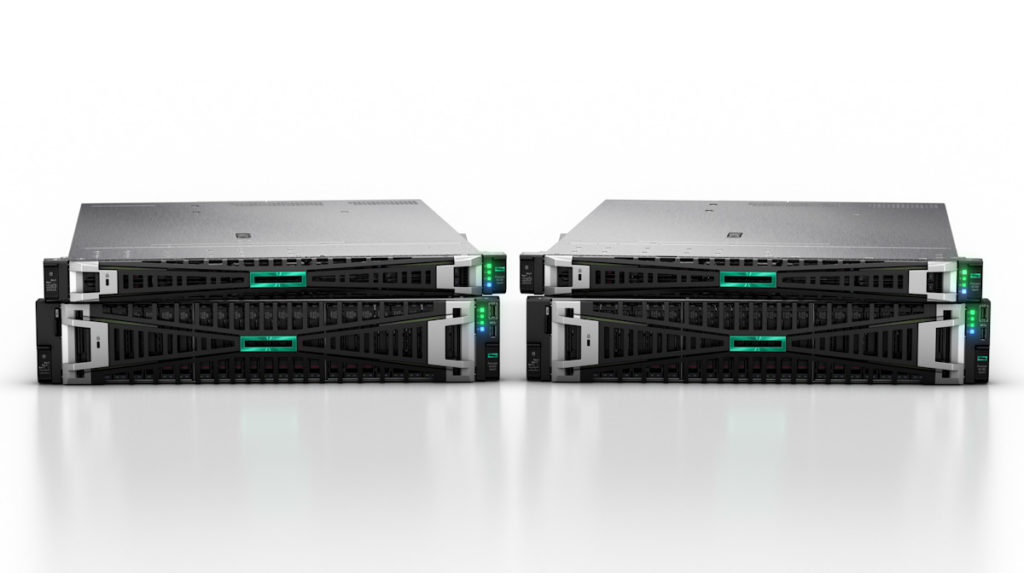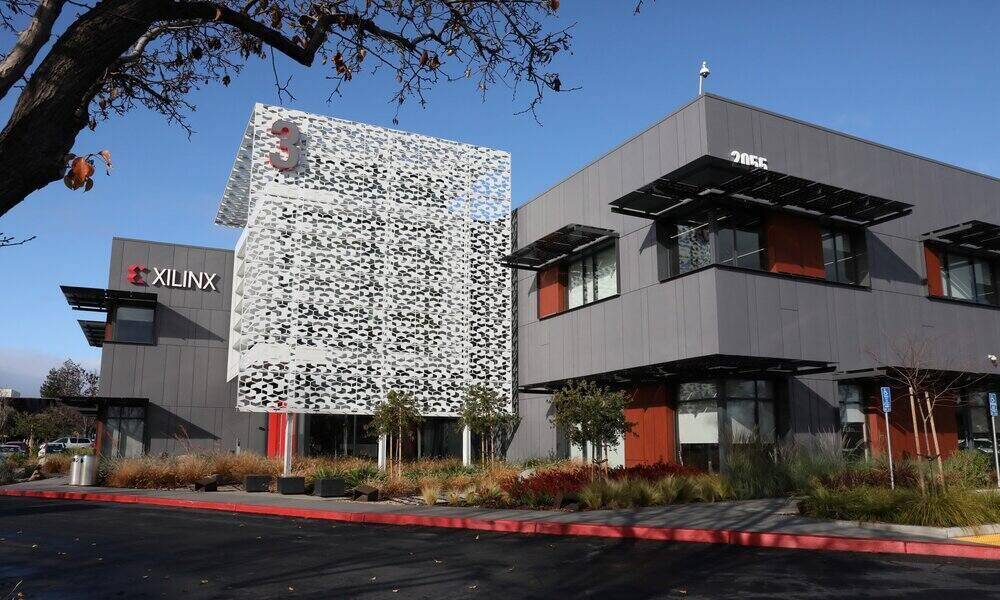
We are overwhelmed by data. They grow at such a speed that most organizations they are not able to manage them properly.It is expected that by 2025, data growth will exceed 200 zettabytes And according to a recent survey, 57% of business leaders say that their companies cannot keep up with this rate of growth, that they are not prepared for this future.
Furthermore, in many cases, companies are concerned not only about the amount of data they generate and have to manage, but also because they face various problems related to the quality, integrity, accessibility and use thereof.
Some of the most common situations involve having to work with dispersed data in different systems and databases, which makes access and consolidation difficult; discover a large volume of redundant or duplicate data, especially when using different sources of information; that these data are of poor quality (contain errors, inconsistencies or lack of completeness); lacking a proper structure or efficient data architecture, making access and analysis difficult; an excessive reliance on legacy systems; or even the lack of adequate measures to guarantee regulatory compliance and security, which can expose the organization to legal and reputational risks.
All these problems can affect operational efficiency, informed decision making and as a consequence, to the ability of an organization to make the most of the value of its data. A typical example of all of the above could be a manufacturing company that has offices in different locations and uses different data management systems in each of them. In addition, each location has its own local database that stores information on inventory, suppliers, orders, and production.
In this situation, the lack of a comprehensive view makes planning and centralized control difficult, inconsistencies multiply, forcing duplicate data to be kept in different places, the risk of finding good records incomplete or outdated information grows, and it is difficult to identify opportunity for improvement.
The data transformation
Faced with this situation, more and more voices speak of what is known as “data modernization”. Behind this concept are all the transformation processes of an organization’s data management systems and processes to make them more efficient, agile and adapted to current needs. This usually implies the adoption of new management practices, but above all the adoption of new platforms that improve the quality, integrity, accessibility and use of information. And what is included here? Some of the most common practices are the following:
- Migration of legacy systems to more advanced platforms.
- Consolidation of dispersed databases in a single centralized source.
- Implementation of data cleaning and normalization techniques.
- Adoption of storage and processing solutions in the cloud.
- Application of analysis techniques and implementation of data governance policies.
The ultimate goal is to improve decision making, increase operational efficiency, reduce costs and, at the same time, drive innovation. For example, in the previous case, the modernization of the data of that industrial company could allow the integration of its systems with emerging technologies such as IoT systems, AI or machine learning, which would open up new opportunities for process automation or chain optimization. of supply.
Cloud and not just cloud
To modernize their data, many companies look to the cloud as their first option. Providers such as Amazon Web Services (AWS), Microsoft Azure or Google Cloud Platform, offer scalable and flexible storage solutions that allow large volumes of data to be stored and managed safely and accessible from any location.
On these platforms, but also in private cloud environments or, depending on workloads, hybrid cloud, companies can deploy other types of applications and services that allow them to understand, govern, analyze and extract the most from their data.
For example, Microsoft Integration Services either Apache Nifi that facilitate the integration of data from various sources, such as databases, business applications or legacy systems; Tableau, QlikView or Power BI they allow to explore, analyze and visualize the data in an intuitive way; Collibra or IBM InfoSphere as governance platforms or Wrangler trifacta that allows cleaning, normalizing and transforming the data to guarantee its quality and consistency.
In these hybrid environments, it is essential for the company to have servers designed from their design to store, process and analyze large amounts of data from different sources, as well as the ability to scale and integrate with cloud environments, for data modernization.
When looking for the ideal server for on-premises data modernization, there are several factors to consider. First of all, it is crucial to evaluate the processing capacity of the server to ensure that it can handle the workloads related to data management efficiently. Other factors include RAM, storage capacity, as well as connectivity, scalability, and redundancy. Going back to that industrial environment that we talked about earlier, it would be advisable to go for a server with high performance multi-cores, such as an Intel Xeon processor or AMD EPYC that allows to simultaneously execute several data processing tasks efficiently.
For RAM, a robust configuration such as 128 GB or more can be considered, depending on data volumes and required operations. In terms of storage, you can opt for a combination of SSD and HDD drives. For example, an interesting configuration might include a 1TB SSD for the operating system and critical applications, along with a set of high-capacity HDDs (for example, 4TB in RAID configuration) to store the data. while in the area of connectivity, you can opt for network interfaces of up to 10 Gigabit Ethernet, depending on the bandwidth needs and the speed required for data transfer in such complex environments.
It would also be very interesting to opt for equipment that allows the implementation of a configuration that includes security features such as data encryption and different authentication and controlled access options. Additionally, a redundant storage configuration such as RAID may be considered to ensure availability and protection of critical data.
HPE ProLiant: Discover the best platform to modernize your data
To help companies modernize their data, put in their hands the new HPE Proliant Gen 11 servers with AMD EPYC processors. Some reasons why they stand out in companies are:
- HPE ProLiant Gen11 offers efficiency, scalability, and economics to accelerate business results and lower total cost of ownership. It provides breakthrough performance with twice the I/O bandwidth, enabling consolidation of data workloads and improving ROI.
- With advanced GPU accelerators and an ultra-scalable architecture, HPE ProLiant Gen11 powers big data analytics, delivering greater GPU density and flexibility for tasks of any size.
- The HPE Intelligent Data Pipeline weaves millions of data threads into a unifying, scalable, and automated fabric, from ingestion to visualization. It provides flexible deployment options and allows each layer to scale independently.
- HPE ProLiant Gen11 accelerates the most demanding database and analytics workloads, delivering optimal performance for your applications and data in any location.
- The HPE cloud operations experience simplifies management from the edge to the cloud, providing global insights and visibility through a unified console. It automates tasks, enables efficient deployments, and offers immediate scalability.
- HPE protects your infrastructure, workloads, and data with an edge-to-cloud security posture, based on a zero-trust approach and a hardened HPE compute core.
You want to know more? Fill in the form that we show you below and you can download a technical document completely free of charge in which we show how you can modernize your data with HPE and AMD.
More information | HPE ProLiant Gen 11 with AMD: features, benefits, models and everything you need to know




